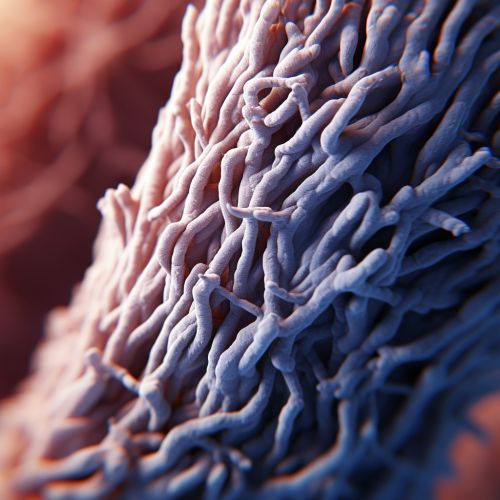Chromosomal Aberrations and Genetic Disorders
Introduction
Chromosomal aberrations are abnormalities in the structure or number of chromosomes in an organism's cells. These aberrations can lead to genetic disorders, which are diseases caused by changes in an individual's DNA. The study of chromosomal aberrations and genetic disorders is an important aspect of genetics, a branch of biology that deals with heredity and variation in organisms.


Chromosomal Aberrations
Chromosomal aberrations are deviations from the normal set of chromosomes either in number or structural arrangement. They occur due to errors in cell division, exposure to radiation, or chemicals. These aberrations can be categorized into numerical and structural aberrations.
Numerical Aberrations
Numerical aberrations are changes in the number of chromosomes. They can occur in the form of aneuploidy, where there is a loss or gain of one or more chromosomes, or polyploidy, where there is a gain of one or more complete sets of chromosomes.
Aneuploidy
Aneuploidy is a condition in which an organism has one or more extra or missing chromosomes. This can lead to genetic disorders such as Down syndrome, which is caused by an extra copy of chromosome 21, or Turner syndrome, which is caused by a missing or incomplete X chromosome in females.
Polyploidy
Polyploidy is a condition in which an organism has more than two complete sets of chromosomes. This is common in plants and can result in larger cell size and increased vigor. In humans, polyploidy is often lethal and can result in miscarriages or stillbirths.
Structural Aberrations
Structural aberrations are changes in the physical structure of chromosomes. They can occur in the form of deletions, duplications, inversions, and translocations.
Deletions
Deletions are a type of chromosomal aberration where a portion of the chromosome is missing or deleted. This can lead to genetic disorders such as Cri-du-chat syndrome, which is caused by a deletion on chromosome 5.
Duplications
Duplications are a type of chromosomal aberration where a portion of the chromosome is duplicated, resulting in extra genetic material. This can lead to genetic disorders such as Charcot-Marie-Tooth disease, which is caused by a duplication on chromosome 17.
Inversions
Inversions are a type of chromosomal aberration where a portion of the chromosome is reversed end to end. This can lead to genetic disorders such as hemophilia A, which can be caused by an inversion on the X chromosome.
Translocations
Translocations are a type of chromosomal aberration where a segment of one chromosome is transferred to another chromosome. This can lead to genetic disorders such as chronic myelogenous leukemia, which is caused by a translocation between chromosomes 9 and 22.
Genetic Disorders
Genetic disorders are diseases that are caused by abnormalities in an individual's genome. These disorders can be caused by a single gene mutation, chromosomal aberrations, or complex multigene interactions. Genetic disorders can be inherited from parents or acquired due to mutations or changes in the DNA.
Single-Gene Disorders
Single-gene disorders, also known as monogenic disorders, are caused by mutations in a single gene. Examples of single-gene disorders include cystic fibrosis, sickle cell anemia, and Huntington's disease.
Chromosomal Disorders
Chromosomal disorders are caused by chromosomal aberrations such as deletions, duplications, inversions, and translocations. Examples of chromosomal disorders include Down syndrome, Turner syndrome, and Cri-du-chat syndrome.
Multifactorial Disorders
Multifactorial disorders, also known as complex or polygenic disorders, are caused by interactions between multiple genes and environmental factors. Examples of multifactorial disorders include heart disease, diabetes, and obesity.
Conclusion
Chromosomal aberrations and genetic disorders are complex topics that involve the study of genetics, cell biology, and medical science. Understanding these topics can help in the diagnosis, treatment, and prevention of various diseases and conditions. Despite the challenges, advancements in genetic research and technology are providing new insights and potential solutions to these genetic issues.
